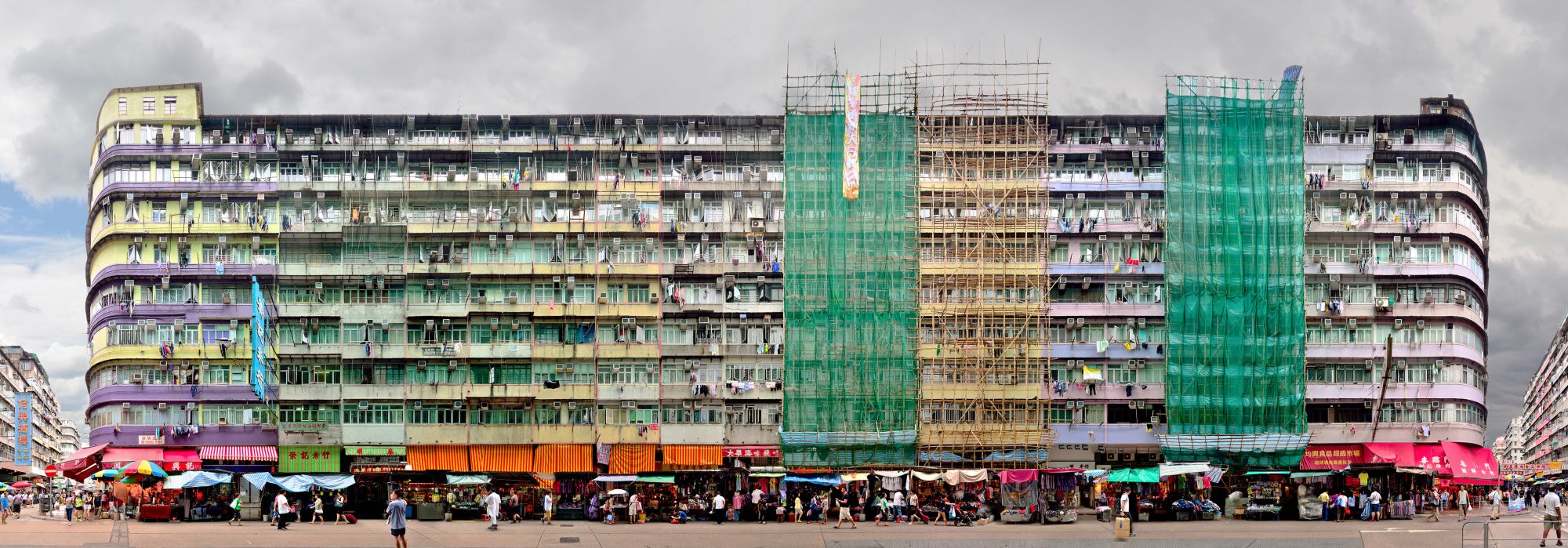Composed of shops, businesses and apartments, Hong Kong’s old tenement buildings – or “tong lau” – are microcosms of life in the city. Similar to the so-called shophouses of Southeast Asia, these historic structures are characterized by a row of shops on the ground floor with housing on the floors above.
Tong lau were built from the end of the 19th century until the 1960s, though many have since been demolished to make way for high-rise tower blocks.
However, they remain hives of social and commercial activity, home to densely-packed communities and small businesses like restaurants and pawn shops.
Hoping to document this disappearing way of life, British photographer Stefan Irvine spent almost four years capturing tong lau and the communities around them. But with so much to depict on each block, the 42-year-old knew that one-off shots might not suffice.

Instead, Irvine took multiple pictures of each building, working with photographer and digital editor Jörg Dietrich to stitch composite images (up to 25 photos together) into single, striking panoramas.
The resulting series, titled “Hong Kong’s Disappearing Tong Lau,” offers an unusually complete glimpse of a distinct architectural form.
“I’d be walking around various parts of Hong Kong looking for interesting architecture, and I kept getting drawn toward these tong lau buildings because they have such special character,” Irvine said in a phone interview, pointing to the arcaded walkways, balconies and rounded corners commonly found in the city’s mid-century buildings.
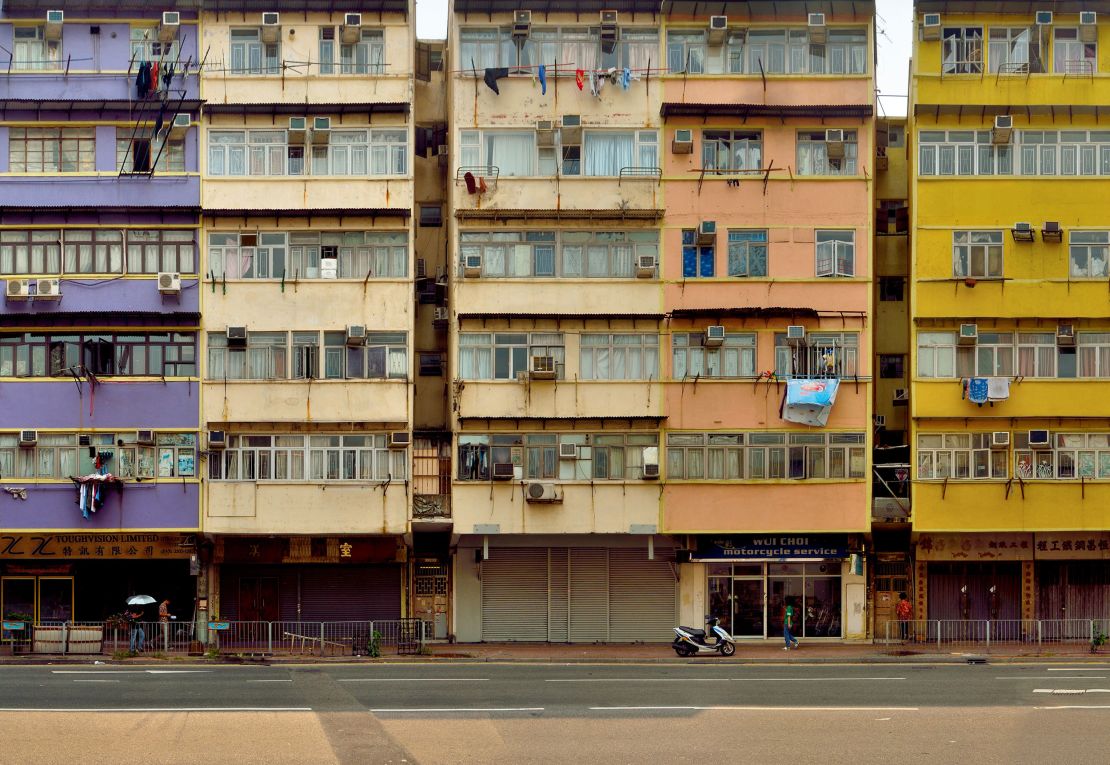
“They have these quite distinctive features that are unique to this area, and southern China in general. I see (this photography project) as documenting the situation, and a kind of celebration of heritage.
A meticulous process
Tong lau buildings are often located in densely populated parts of the city, posing a challenging for Irvine, whose digital stitching method requires multiple photographs to be taken from the same height and perspective.
“It’s key for me to be able to find enough space opposite a building so I can walk along in a straight line with my tripod taking shots that I need,” said Irvine, who moved to Hong Kong in 2002. “It’s actually much harder to find than you might think.
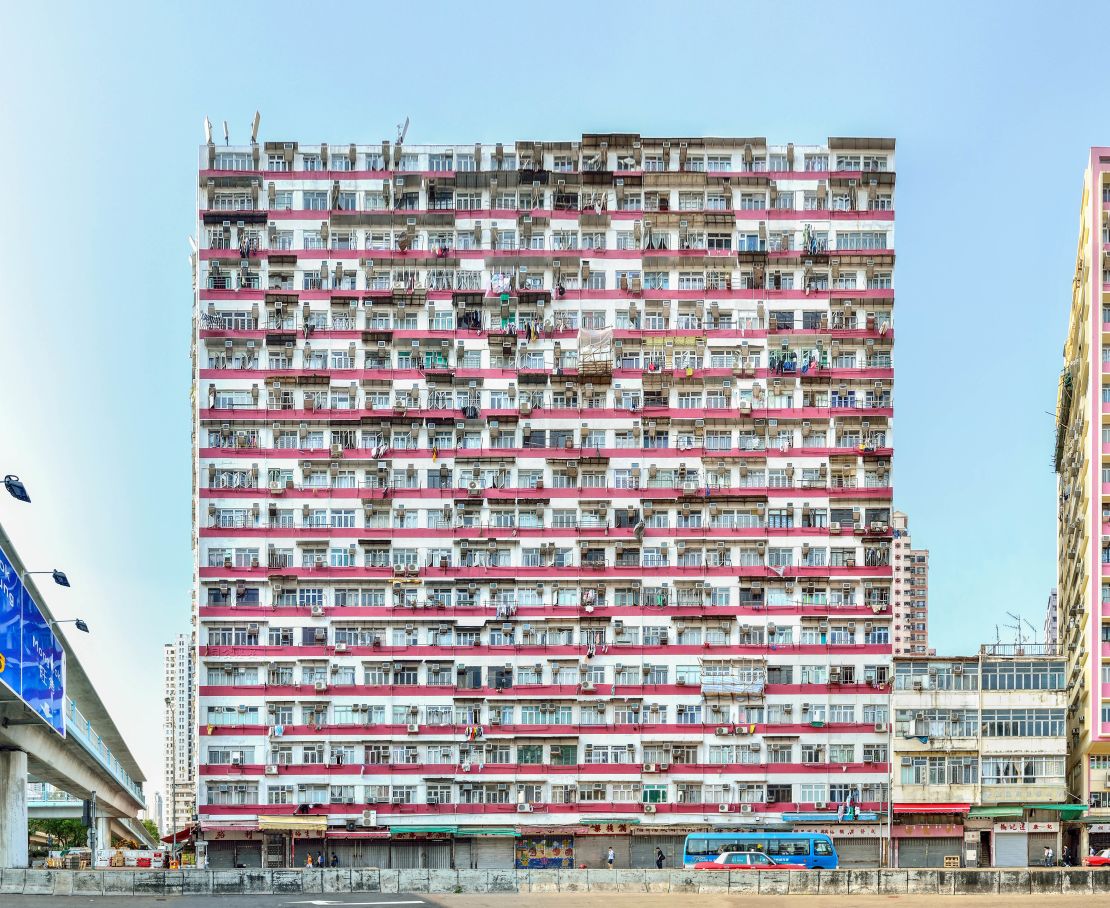
“I need to have the camera in almost exactly the same position and angle as I go along the whole length of the block. I’ll take a picture almost every two meters, with lots of overlapping shots.”
Shooting from sidewalks, balconies or the walkways of parallel buildings, Irvine often needed to make multiple trips to a site to produce a single final panorama.
Each trip required meticulous planning, as changes in condition – such as the amount of sunlight or cloud cover – could make it more difficult for Dietrich to create seamless pictures during the post-production process.
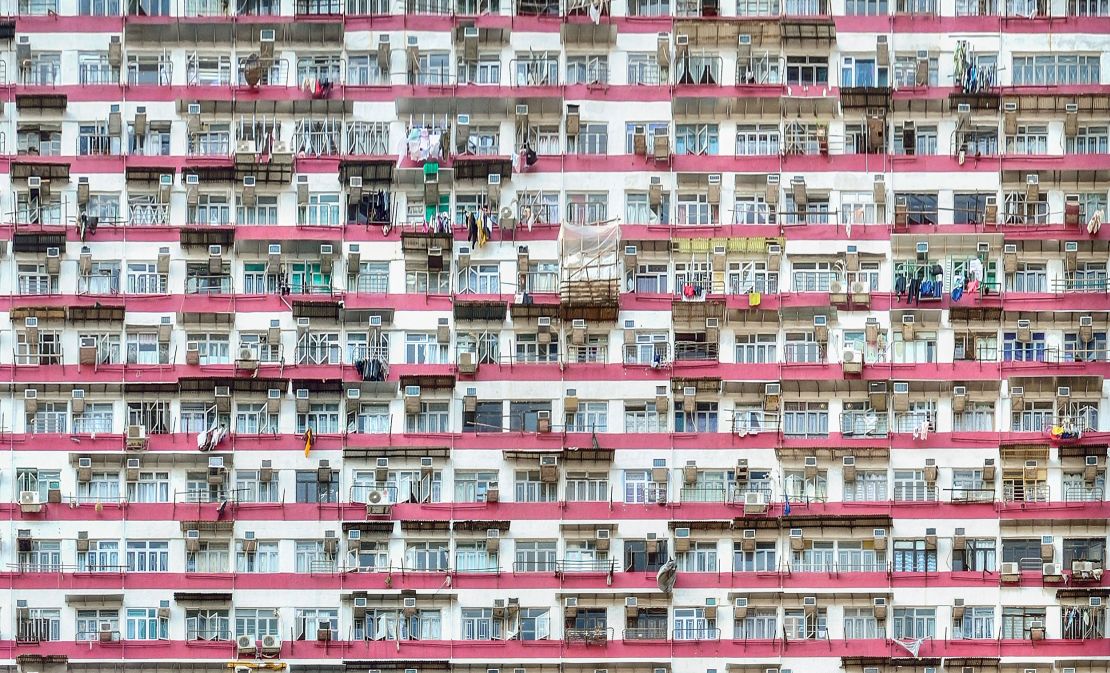
The movement of people and vehicles also presented challenges when shooting, Irvine said, especially if it occurred at the point where two photographs join.
“Sometimes, just where you want the seam to be, you might have a leg missing,” said Irvine.
“Like in all kinds of photography, it just requires a lot of patience. In most cases, if you have the time to wait, it usually seems to work out.”
Heritage conservation efforts
Once seen as a solution to inward migration and rapid population growth in Hong Kong, tong lau had fallen out of favor with property developers and city planners by the 1960s. Many have since been demolished to make way for high-rise tower blocks.
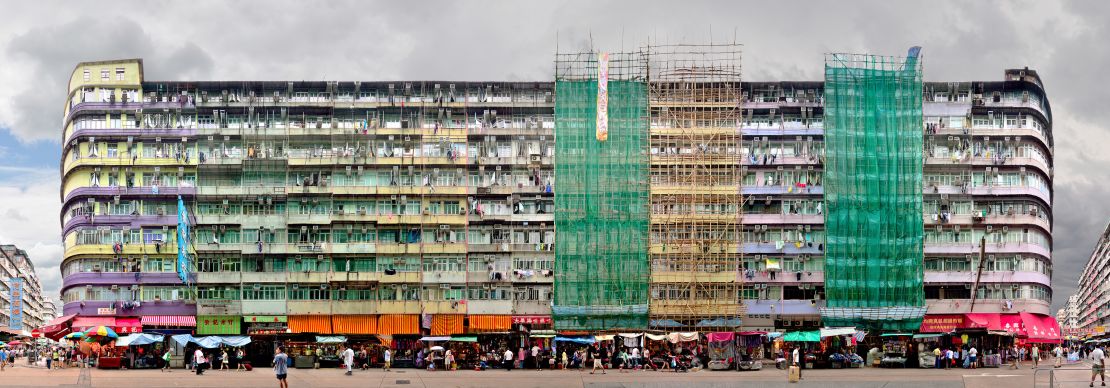
“It’s a shame that developers have such influence that they can remove interesting and valuable heritage of the Hong Kong people – just to make a buck and to build bigger,” Irvine said, before adding: “I guess there’s less appreciation for this kind of (architecture).”
Hong Kong authorities have stepped up efforts to survey and protect historic buildings in recent decades. The city’s Urban Renewal Authority is currently preserving and renovating one of the tenement blocks featured in Irvine’s photo collection.
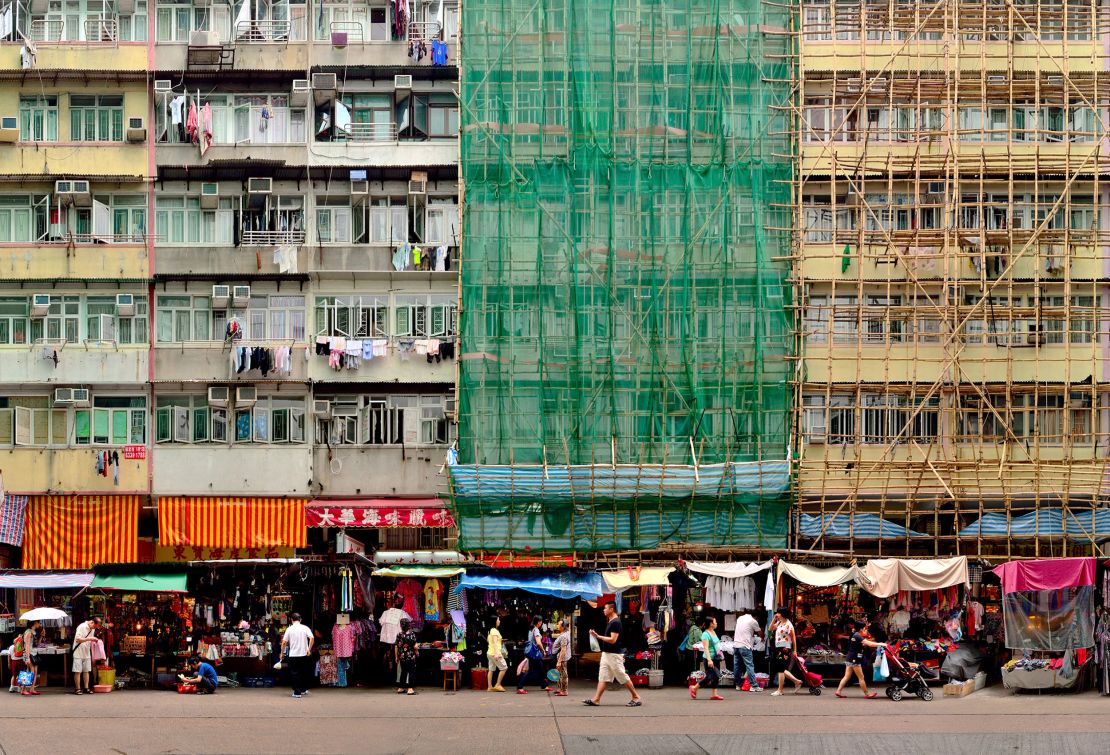
Expressing his concern that restoration projects can force up prices and push residents out of their neighborhoods, Irvine points to the renovation of the Blue House tong lau block as an example to follow. The project – commended by UNESCO last year – was, in Irvine’s words, a “sensitive” restoration that kept rent “manageable” for the block’s original occupants.
And while critical of the city’s conservation policies, the photographer recognizes the pressures facing planners and developers in the world’s most expensive housing market.
“But interestingly, young Hong Kong people seem to be much more aware and interested in preserving all sorts of architecture,” he added, “even the more recent buildings.”
Panoramas from Stefan Irvine’s project “Hong Kong’s Disappearing Tong Lau,” will be on display through Blue Lotus Gallery at the Affordable Art Fair in Hong Kong, May 18-20, 2018.
